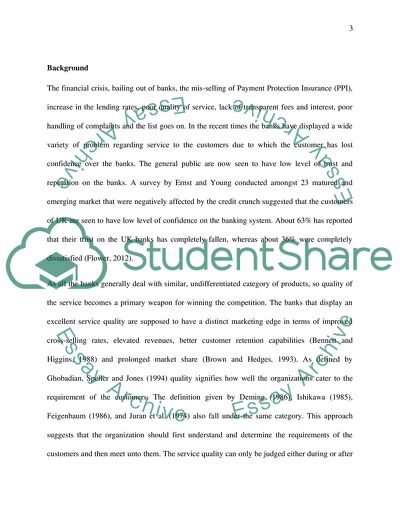Cite this document
(Customers' Perception of the Banking Research Proposal Example | Topics and Well Written Essays - 2250 words - 1, n.d.)
Customers' Perception of the Banking Research Proposal Example | Topics and Well Written Essays - 2250 words - 1. https://studentshare.org/finance-accounting/1800566-market-research-proposal-with-questionnaire-no-primary-data-collection-required
Customers' Perception of the Banking Research Proposal Example | Topics and Well Written Essays - 2250 words - 1. https://studentshare.org/finance-accounting/1800566-market-research-proposal-with-questionnaire-no-primary-data-collection-required
(Customers' Perception of the Banking Research Proposal Example | Topics and Well Written Essays - 2250 Words - 1)
Customers' Perception of the Banking Research Proposal Example | Topics and Well Written Essays - 2250 Words - 1. https://studentshare.org/finance-accounting/1800566-market-research-proposal-with-questionnaire-no-primary-data-collection-required.
Customers' Perception of the Banking Research Proposal Example | Topics and Well Written Essays - 2250 Words - 1. https://studentshare.org/finance-accounting/1800566-market-research-proposal-with-questionnaire-no-primary-data-collection-required.
“Customers' Perception of the Banking Research Proposal Example | Topics and Well Written Essays - 2250 Words - 1”. https://studentshare.org/finance-accounting/1800566-market-research-proposal-with-questionnaire-no-primary-data-collection-required.


